Northern Tanzania
The well-established ‘Northern Circuit' safari of northern Tanzania offers some of the world’s most diverse safari experiences, consisting of National Parks, game reserves, conservation areas and private concessions. Among these are the world-famous and iconic Serengeti National Park and Ngorongoro Crater, and of course their less well-known neighbours, Tarangire National Park and Lake Manyara National Park.
These parks exist for one general purpose and that is to protect the amazing variety and abundance of wildlife in them, both resident and seasonal - and most of all, the world’s largest annual migration of wildebeest and zebra. Although this part of the world has become increasingly busy as a result of its reputation, it is still possible to escape the crowds and find a quiet corner if you know where to go.
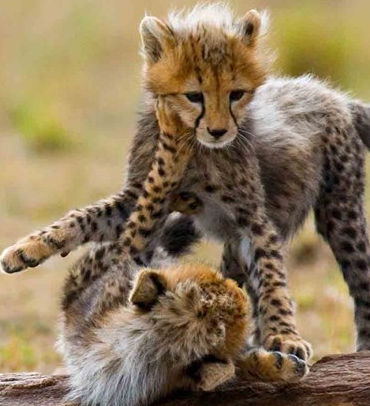
Serengeti National Park
The Serengeti National Park is Africa's most famous. The endless grassy plains are amongst the richest grazing grounds in the African bush, and therefore home to the largest herds and the highest concentrations of predators on the planet.
There is such a variety of species to be found in the Serengeti and definitely too great a number to mention here, which is why it is such an integral part of a Tanzania Safari. The predator viewing here is exceptional with approximately 3-4,000 lion and huge numbers of cheetah, leopard and hyena. Other animals commonly found in the park include topi, eland, hartebeest, buffalo, elephant, caracal, serval, bat-eared fox, hyrax, genet, hares, porcupine, aardvark, giraffe, jackal, mongoose, crocodile, monitor lizard, aardwolf, many kinds of primates including baboons, millions of wildebeest, vervet and colobus monkeys, and over 500 species of bird.
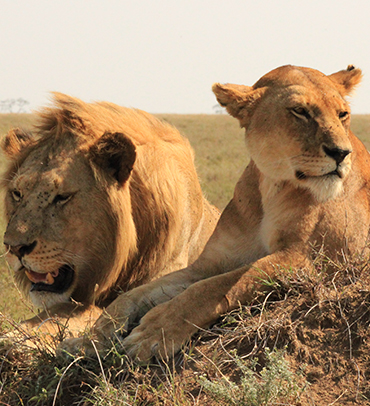
Ngorongoro Conservation Area
The Ngorongoro Crater is a breathtakingly beautiful setting and the best place in East Africa to see the Big Five. It is a great way to start your African safari adventure. However, as one of the world's most astonishing and renowned natural wonders, the Ngorongoro Crater does get busy, and at times very busy. Due to the crowds we recommend a two-night stay only here, then moving on to the Serengeti for a quieter, more private safari experience. .
The crater has one of the densest known populations of lions. On the crater rim are leopards, elephants, mountain reedbuck and buffaloes. The rhinoceros are also found at the crater. From a distance in the large lake in the middle of the crater hundreds of flamingoes form a pink like border to the lake. Animals in the crater include most of the species found in East Africa but there are no topis, giraffes, impalas, oribis or crocodiles.
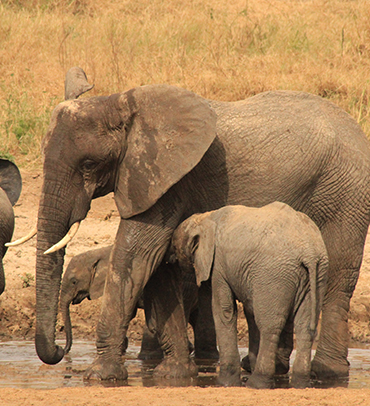
Tarangire National Park
Tarangire National Park is the sixth largest national park in Tanzania after Ruaha, Serengeti, Mikumi, Katavi and Mkomazi. The national park is located in Manyara Region. Its name originates from the Tarangire River that crosses through the park and is the only source of water for wild animals during the dry season. Thousands of wild animals migrate to the Tarangire National Park from the Manyara National Park.
The park is famous for its large number of elephants, baobab trees and tree climbing lions. Tourists can expect to see any number of resident zebras and wildebeests and other less common animals. Other common animals include waterbuck, giraffe and olive baboons. It is also home to more than 550 bird species and the swamps are the focus of the largest selection of breeding birds. The park is also famous for the termite moulds that dot the landscape and the abandoned ones are often seen to be home for the dwarf mongoose.
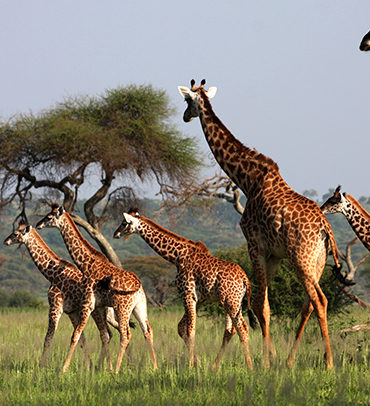
Lake Manyara National Park
Lake Manyara is a shallow lake in the Natron-Manyara-Balangida branch of the East African Rift in Manyara Region of Tanzania. It is home to a set of diverse landscapes and wildlife. The Lake Manyara National Park is about 127 square miles (329km2) of which about 89 square miles (213km2) is covered by the waters (alkaline with a pH of about 9.5) of Lake Manyara.
The Lake and its environs are well known for wild attractions such as the baboons, wildebeests, Buffaloes, elephants, giraffes and warthogs. From around the park gates giant fig trees and mahogany can be seen in the ground water forest where they draw nourishment from underground springs replenished continuously from the crater highlands directly above the Manyara basin. To the south are visible Acacia woodlands. Leopards although in abundance, are hard to get a glimpse of just like the other elusive carnivores – the lions of this park. The park is also rich in birds like flamingoes, long-crested eagle and grey-headed kingfisher.
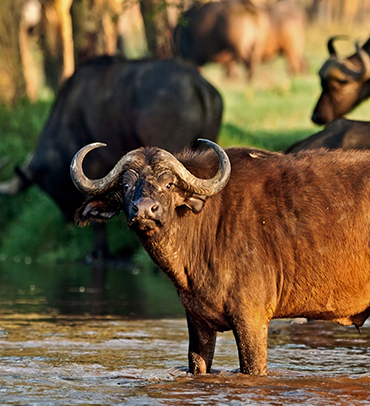
Arusha National Park
The Arusha national park covers Mt. Meru, a prominent volcano with an elevation of 4566m in the Arusha region of north eastern Tanzania. The park is small but has spectacular landscapes in three distinct areas. In the west, the Meru Crater funnels the Jekukumia River, the peak of Mount Meru lies on its rim. Ngurdoto in the south-east is grassland. Momella lakes in the north-east have varying algal colours and are known for their wading birds.
Mount Meru is the second highest peak in Tanzania after Mt. Kilimanjaro. It forms a backdrop to views from the park to the east. Arusha National Park lies on a 300km axis of Africa’s famous national parks, running from Serengeti and Ngorongoro crater.